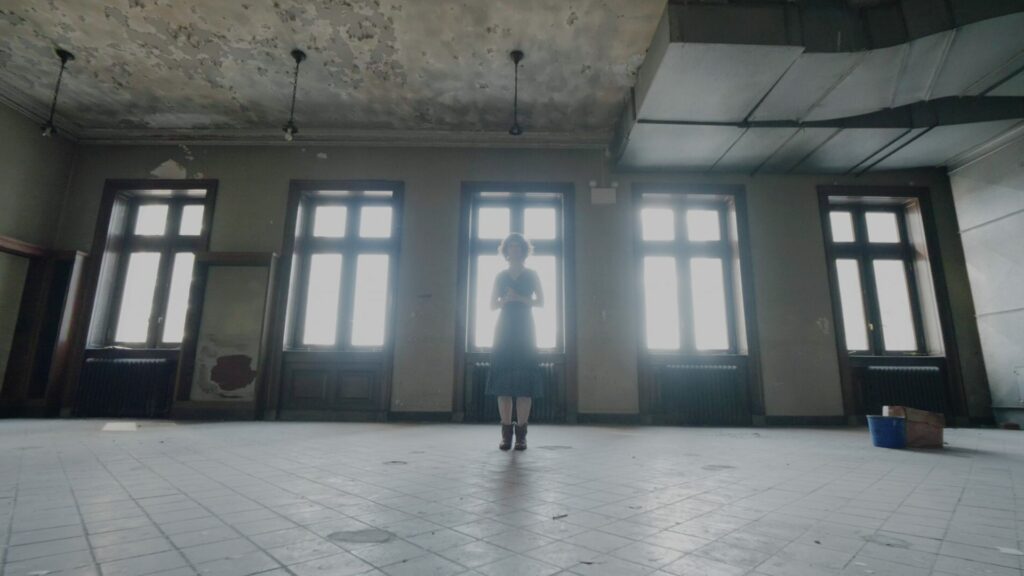Nothing excites many book enthusiasts more than the possibility of a home library. What most city book enthusiasts are unaware of is that, until recently, there was an affordable method to realize the goal of a home library at least for book lovers who were also skilled with tools. But did you ever wonder why are there secret apartments on the top floor of the New York City Library?
When all these libraries were created around a century ago, they required personnel to look after them. Andrew Carnegie gave New York $5.2 million, to establish a citywide system of library branches, and these buildings, known as the Carnegie libraries, were heated by coal. Each had a custodian who lived in the library, often with his family, and was responsible for keeping those flames blazing.
How Did the City Libraries Slowly Disappear?
Since the 1970s and 1980s, when coal furnaces were renovated and library custodians began retiring, those apartments have been emptying out, and the dream of living in a library has vanished. Many of the flats have also disappeared, having been absorbed back into the buildings as they were renovated for more modern uses. The New York Public Library system now has only 13 library apartments left.
This apartment is not attractive in today’s New York real estate market. Yes, it would need to be cleaned and updated before anyone moved in. The apartment’s single toilet is tucked away in a corner.
However, the rooms are large enough, the kitchen can accommodate a significant number of people, and it is located in a library. Finding this much spare space in Manhattan is unusual; stepping upstairs in a busy building and discovering an empty floor feels like discovering a wonderful treasure.
Even the main 42nd Street building formerly housed an apartment occupied by a superintendent who had previously worked as a bootblack, bartender, Harvard man, boxing instructor, and Thomas Edison designer.
The family relocated in 1941 because the library required space for a mimeograph room, telephone switchboard, and smoking rooms.
These apartments, on the other hand, are a waste, even an embarrassment for the library. When libraries could only subsist by lending out books, they were created to serve a specific purpose. Now, as many libraries reinvent themselves, their physical premises must also evolve.
(Source: Atlas Obscura)
The Library Renovations
As a result, the library is remodeling the apartments one at a time. The third level of the Washington Heights branch, not far from Fort Washington, is almost ready to reopen. The glass elevator door opens onto a freshly painted hallway, a vivid blue similar to the color in the dark apartment. The white circles of the new lighting generate pools of light in the ceiling. The front room has the same spacious feel as Fort Washington’s, but it is newly white.
The renovations are not yet complete, but the rooms seem good. Practical. The floor has the feel of any new space in 2016. Unless you already knew, it would be difficult to tell that someone had ever lived here, or that this century-old library ever had an apartment in it at all. (Source: Atlas Obscura)
